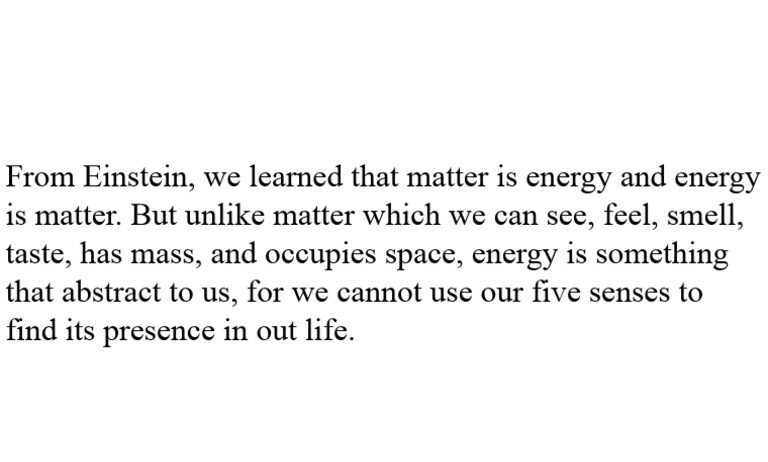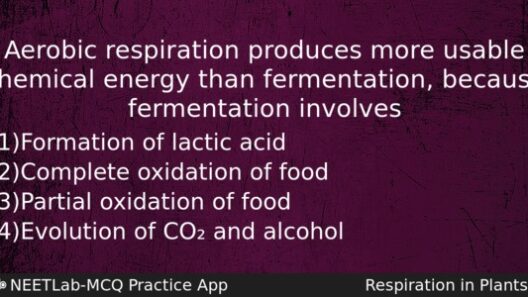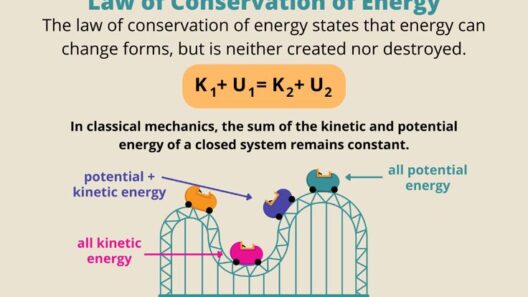Cellular respiration is a fundamental biochemical process that underpins life, converting the energy stored in food into a form usable by living organisms. This intricate process takes place in the cells of all living beings, serving as their powerhouse. The conservation of energy during cellular respiration is not merely a scientific phenomenon; it is a breathtaking journey into the world of biochemistry, where molecules are meticulously transformed and engineered to sustain life. Such a biological marvel is worth detailed exploration.
The cellular respiration process can be divided into four primary stages: glycolysis, the citric acid cycle (also known as the Krebs cycle), the electron transport chain, and oxidative phosphorylation. Each stage plays a crucial role in the conservation of energy, converting glucose and oxygen into carbon dioxide, water, and, critically, adenosine triphosphate (ATP), the energy currency of the cell.
Glycolysis marks the beginning of cellular respiration. Occurring in the cytoplasm, this anaerobic process starts with one molecule of glucose—a six-carbon sugar. Through a series of enzyme-mediated steps, glucose is split into two three-carbon molecules called pyruvate. In this process, two molecules of ATP are generated alongside two molecules of reduced nicotinamide adenine dinucleotide (NADH). The ATP produced during glycolysis showcases the initial conservation of energy. Even though this stage is relatively inefficient compared to later stages, it lays the vital groundwork for energy extraction.
Once glycolysis is complete and pyruvate is formed, the next phase is the transition to the mitochondria, where the citric acid cycle takes center stage. In the mitochondrial matrix, pyruvate undergoes decarboxylation to form acetyl-CoA, a pivotal metabolite that enters the Krebs cycle. The citric acid cycle is a cyclic enzymatic pathway that efficiently processes acetyl-CoA, yielding more NADH and flavin adenine dinucleotide (FADH2) alongside two molecules of ATP per cycle. The conservation of energy in this stage is particularly evident in the high-energy electron carriers—NADH and FADH2—which store energy that will be further harnessed in the next phases. This cycling through different molecular forms embodies nature’s efficiency in energy management.
The final stages of cellular respiration involve the electron transport chain and oxidative phosphorylation, which occur within the inner mitochondrial membrane. NADH and FADH2 generated from glycolysis and the citric acid cycle donate their electrons to the electron transport chain, initiating a series of redox reactions. As electrons are transferred through a series of protein complexes, energy is released and used to pump protons (H+) across the inner mitochondrial membrane, creating a proton gradient. This electrochemical gradient is a reservoir of potential energy, illustrating another way energy is conserved and utilized in cellular processes.
Subsequently, protons flow back into the mitochondrial matrix through ATP synthase, a remarkable enzyme that uses the energy from this flow to synthesize ATP from adenosine diphosphate (ADP) and inorganic phosphate. This process is fundamentally an example of chemiosmosis and is responsible for the vast majority of ATP produced during cellular respiration. It illustrates a sophisticated mechanism by which energy conversion remarkably approaches a near-perfect efficiency, with each molecule of glucose producing up to 30 to 32 molecules of ATP.
In summary, cellular respiration exquisitely illustrates how energy conservation operates at the molecular level. From glucose metabolism in glycolysis to the mitochondrial processes, every step is a fine-tuned orchestration of enzymatic reactions that recycle and conserve energy to power biological systems. Not only does cellular respiration serve as a vital link in the energy flow through ecosystems, but it also embodies the elegant complexity inherent in living organisms. The fascination with cellular respiration lies not merely in its biological efficacy but in the sophisticated interplay between energy transformation and conservation that aligns with the intricate tapestry of life.
Consequently, the understanding of energy conservation in cellular respiration enhances our appreciation of ecological interdependence. As energy transfers from sunlight to plants and, ultimately, to animals through food chains, it is vital to acknowledge the biochemical efficiency of cellular respiration. The conservation of energy at such discreet levels implicitly underscores life’s fragility and resiliency, making it an area of continuous scientific inquiry and wonder. Through investigations into cellular respiration, not only do we uncover the threads of life but also the potential applications of this knowledge in addressing broader environmental issues, including the pursuit of sustainable energy solutions.
In closing, the conversion and conservation of energy during cellular respiration forms the backbone of life on Earth. By profoundly understanding these intricate processes, we can make informed decisions regarding energy utilization, ecological impact, and the future of our planet. So, the next time you consider the importance of energy conservation, remember it begins at the cellular level and reverberates throughout ecological and global scales.








